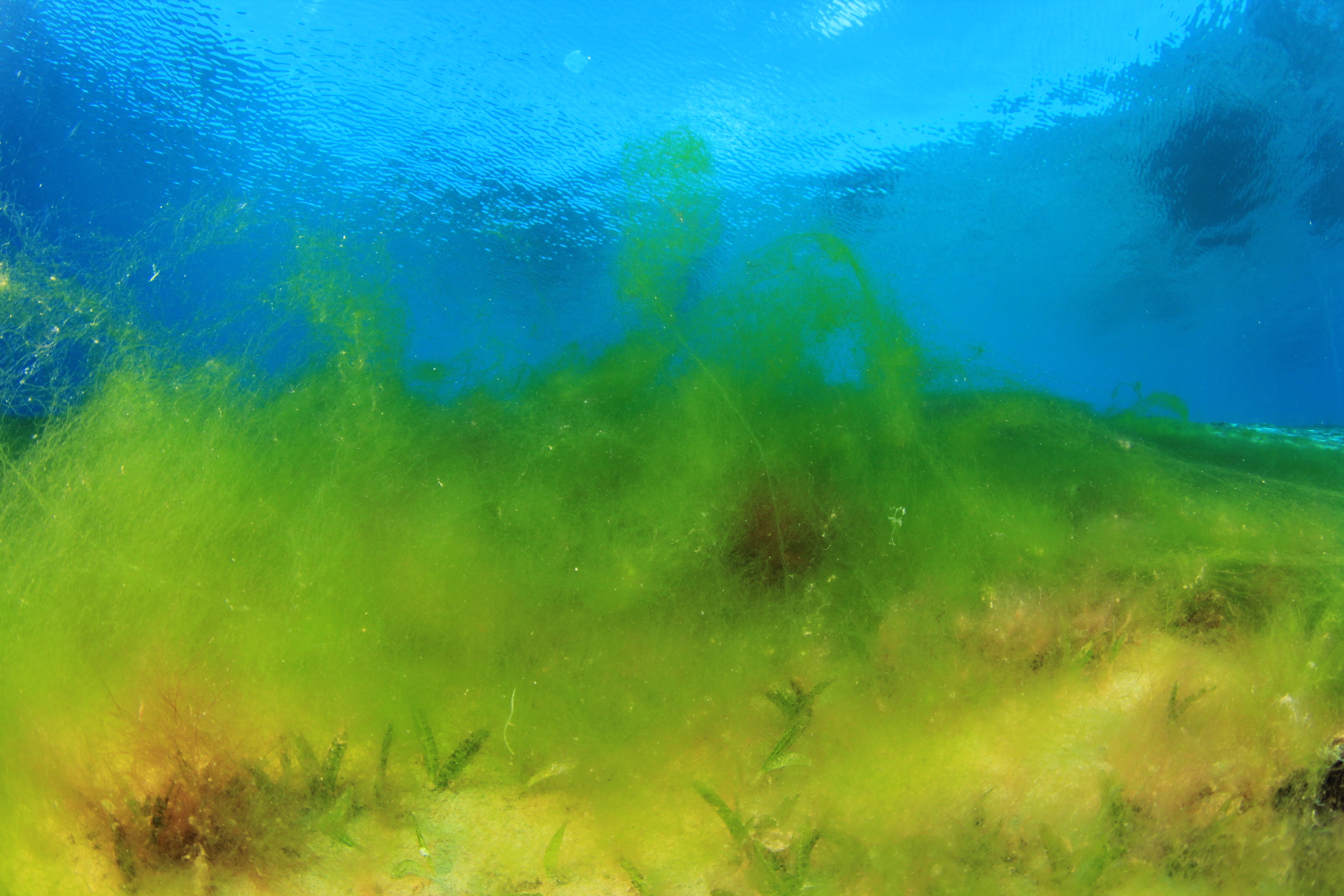
How did marine algae evolve into diverse terrestrial plants?
Researchers at the University of Bristol are describing how plants evolved from simple, two-dimensional marine algae to the complex, three-dimensional organisms that live on land today. The team identified specific proteins that were key to the transformation of terrestrial plants.
The researchers found that small proteins, known as CLAVATA peptides, regulate the growth and division of cells at the very tips of plants. This process is responsible for developing the shoot, which is the production center for stems, leaves, and flowers.
CLAVATA uses a peptide receptor system in which the peptide signals the receptor to set the cell division planes.
The analysis of marine algae revealed that the aquatic ancestors of terrestrial plants did not contain CLAVATA proteins, which led to the conclusion that the molecules emerged in plants as they first advanced from water to land.
The experts used moss as a model to examine the transition of plants from two-dimensional to three-dimensional. They discovered that plants gained the ability to grow in multiple directions because the CLAVATA peptides rotate cell divisions at the tips of the stems.
Study lead author Dr. Jill Harrison is a senior lecturer in the University’s School of Biological Sciences.
“The CLAVATA genes were found to be specific to land plants to regulate their unique 3D growth patterns and so it looks like these genes were instrumental in enabling plants to get going on land,” explained Dr. Harrison.
“After this fundamental change in cell division patterns, plants could now develop many different forms, enabling them to dominate almost every environment on Earth, and so this work reveals a key role for these small proteins in plants’ conquest of land.”
The study is published in the journal Current Biology.
—
By Chrissy Sexton, Earth.com Staff Writer













